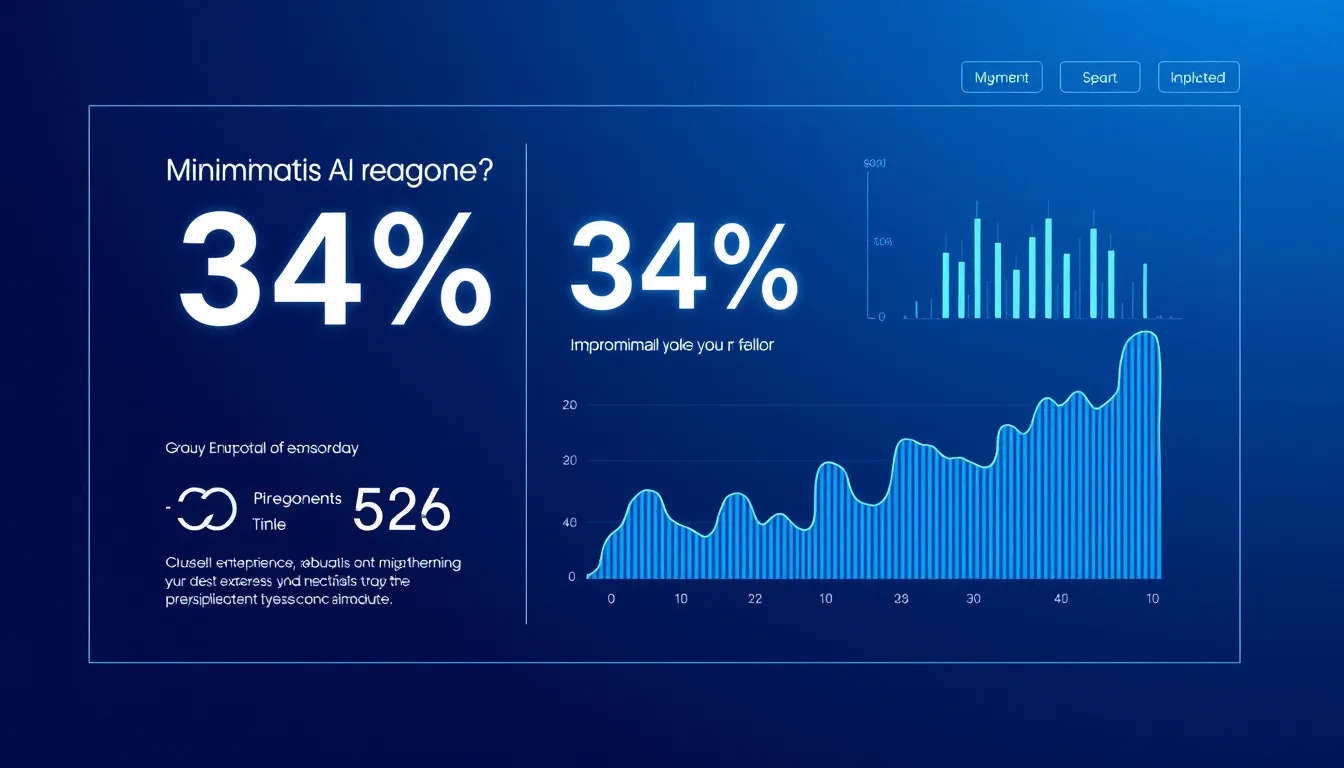Now Reading: Concise Reasoning in AI: Boosting Accuracy with Meta Study
-
01
Concise Reasoning in AI: Boosting Accuracy with Meta Study
Concise Reasoning in AI: Boosting Accuracy with Meta Study

Concise Reasoning in AI: Boosting Accuracy with Meta Study
Introduction
Artificial intelligence is rapidly evolving, and one of the most exciting developments is the use of concise reasoning in AI. A recent Meta study has revealed that streamlining AI’s chain-of-thought can dramatically improve task performance by enhancing accuracy, reducing error-prone steps, and optimizing decision-making processes. This breakthrough has significant implications for technology applications across industries.
Understanding Concise Reasoning in AI
Concise reasoning in AI refers to the practice of guiding AI systems to use shorter, more efficient chains of thought. Rather than relying on lengthy sequences of intermediate steps, a streamlined process allows the AI to focus on the core components of the problem. This approach eliminates extraneous information and minimizes cognitive overhead, leading to more precise outcomes.
The Role of Chain-of-Thought Optimization
One of the key aspects of the Meta study is its emphasis on chain-of-thought optimization. This methodology advocates for limiting the number of intermediate reasoning steps in order to reduce the risk of errors. By doing so, algorithms can provide answers that are not only faster but also more accurate. The benefits of this approach include:
- Reduced complexity and fewer chances for error.
- Enhanced clarity in decision-making processes.
- Improved efficiency leading to quicker response times.
For those interested in a deeper understanding, the concept of chain-of-thought optimization involves refining the AI’s decision-making pathway by ensuring each step is necessary. More information about AI optimization techniques can be found on reputable platforms such as the official Meta website (https://about.fb.com/meta/).
Benefits of Shorter Chain-of-Thought in AI
A central takeaway from the study is the benefits of shorter chain-of-thought in AI. Specifically, the Meta research highlights a remarkable 34% boost in accuracy when AI systems implement concise reasoning. This improvement comes from minimizing unnecessary cognitive steps that can introduce errors or overcomplicate the analysis. In practical terms, industries such as medical diagnostics, financial forecasting, and customer service can leverage these insights to enhance their AI implementations. Key benefits include:
- Enhanced Evaluation: AI systems that focus on essential reasoning steps deliver more precise outcomes, making them more reliable for critical decision-making tasks.
- Cost and Time Efficiency: Simplified reasoning models require fewer computational resources, which can lead to reduced operational costs and faster response times.
- Better Alignment with Human Decision-Making: Mimicking the human tendency to use heuristics, streamlined reasoning allows AI to align closely with natural problem-solving methods.
Implementing Concise Reasoning Techniques
To successfully integrate concise reasoning in AI systems, developers need to focus on prompt engineering. This technique involves designing prompts that encourage shorter reasoning paths and directly target the core elements of a problem. Here are a few strategies to consider:
- Analyze existing chain-of-thought processes and identify redundant steps.
- Design prompts that guide the AI to focus solely on critical decision points.
- Continuously test and refine AI responses to ensure that shorter reasoning pathways yield the desired accuracy.
By following these strategies, technical teams can harness the power of concise reasoning in AI, thereby streamlining the performance of their models.
Real-World Applications and Implications
The applications of concise reasoning in AI are vast. Whether it’s in natural language processing, image recognition, or decision support systems, optimizing the reasoning process is a game-changer. Notable examples include:
- Medical diagnosis systems that rely on rapid and accurate assessments to make critical decisions.
- Financial technology tools that require swift processing of complex data for real-time forecasting.
- Automated customer service chatbots that need to deliver precise and effective responses in seconds.
The Meta study illustrates that by reducing the chain-of-thought, AI systems not only become more reliable but also operate more efficiently. This breakthrough underscores the need for continued innovation and refinement within the AI community.
Conclusion
The emerging trend of concise reasoning in AI represents a pivotal shift in how artificial intelligence models are designed and employed. The Meta study’s finding—a 34% boost in accuracy—demonstrates the tangible benefits of adopting shorter, more targeted reasoning processes over traditional lengthy chains of thought. As industries continue to integrate AI into critical operations, embracing chain-of-thought optimization and streamlined reasoning can lead to significant enhancements in performance and operational efficiency.
In summary, concise reasoning in AI is not merely an academic concept—it is a practical, actionable strategy. By reducing cognitive overhead and focusing on essential reasoning steps, AI systems can achieve remarkable improvements. The insights from this Meta study serve as a roadmap for developers looking to refine their AI models, ensuring they deliver fast, accurate, and reliable outcomes in an increasingly complex technological landscape.

























